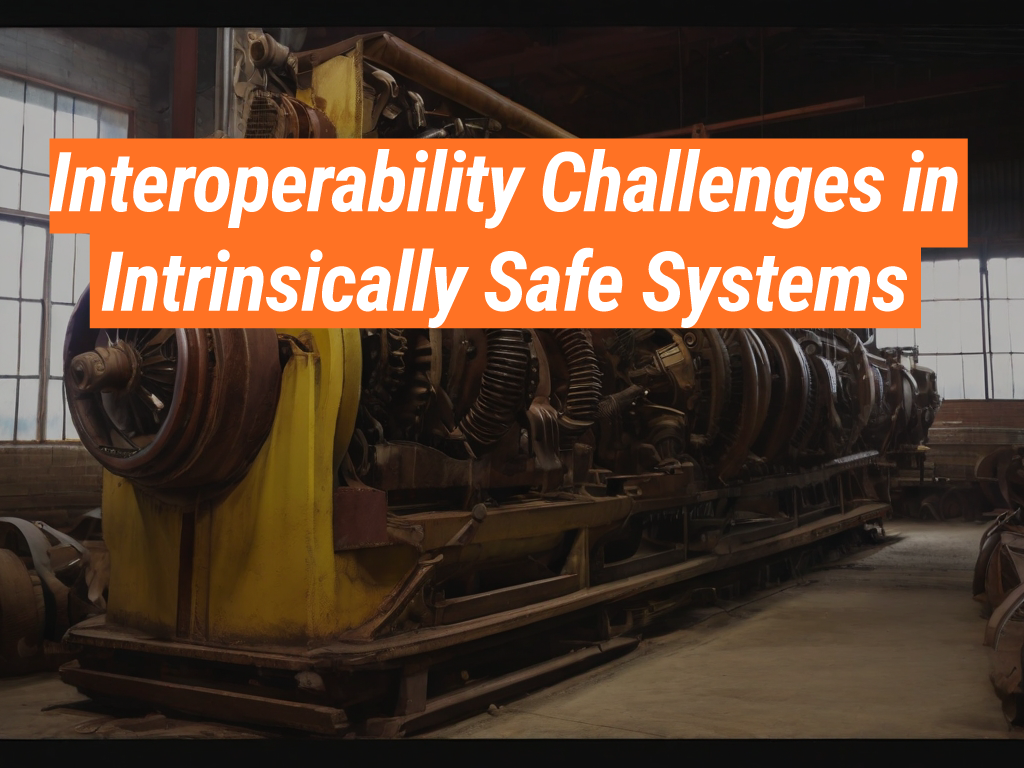Welcome to the Intrinsically Safe Store, your one-stop-shop for all your safety equipment needs. We are dedicated to providing you with the most reliable and efficient safety systems. In this blog, we will delve into the interoperability challenges in intrinsically safe systems. We invite you to visit our website to explore our wide range of products and services.
Understanding Intrinsically Safe Systems
Designers create intrinsically safe systems to prevent explosions in hazardous environments by limiting the energy available for ignition. Industries such as oil and gas, mining, and chemical processing commonly use them. However, these systems face several interoperability challenges that can affect their efficiency and reliability.
Interoperability Challenges in Intrinsically Safe Systems
Interoperability refers to the ability of different systems, devices, or applications to work together seamlessly. In the context of intrinsically safe systems, interoperability is crucial for ensuring safety and efficiency. However, achieving this can be quite challenging due to several factors.
1. Technological Compatibility
The first challenge is technological compatibility. Different manufacturers may use different technologies or standards in their devices, making it difficult for them to communicate or work together. This can lead to inefficiencies and potential safety risks.
2. Regulatory Compliance
Another challenge is regulatory compliance. Intrinsically safe systems must comply with various safety standards and regulations. However, these regulations can vary from one region to another, making it difficult to ensure interoperability across different geographical locations.
3. Data Integration
Data integration is also a significant challenge. Intrinsically safe systems generate a large amount of data that needs to be integrated and analyzed for effective decision-making. However, integrating data from different systems or devices can be complex and time-consuming.
Overcoming Interoperability Challenges
Despite these challenges, there are several strategies that can be used to improve interoperability in intrinsically safe systems.
1. Standardization
Standardization of technologies and protocols can greatly enhance interoperability. This involves adopting common standards for device communication and data exchange.
2. Regulatory Harmonization
Regulatory harmonization can also help overcome interoperability challenges. This involves aligning safety standards and regulations across different regions to ensure consistency.
3. Data Integration Tools
Finally, using data integration tools can simplify the process of integrating and analyzing data from different systems or devices. These tools can automate the data integration process, saving time and reducing errors.
Interoperability is crucial for the efficiency and reliability of intrinsically safe systems. However, it presents several challenges, including technological compatibility, regulatory compliance, and data integration. By adopting strategies such as standardization, regulatory harmonization, and the use of data integration tools, these challenges can be overcome. At Intrinsically Safe Store, we are committed to providing you with intrinsically safe systems that meet the highest standards of interoperability. Contact us today to learn more about our products and services.



